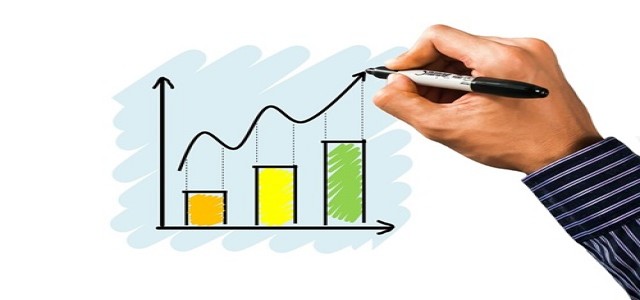U.S. posts robust economic growth in Q4 2022 amid rising borrowing costs
Author : Pankaj Singh | Published Date : 2023-01-27

The U.S. economy reportedly expanded more rapidly than anticipated in Q4, but this likely overstates the country's health considering a measure of domestic demand that surged at its weakest pace in two and a half years, highlighting the impact of increased borrowing costs.
The early fourth-quarter GDP (gross domestic product) report released by the Department of Commerce on Thursday revealed that half of the lift to growth came from a huge increase in inventory held by companies, some of which are presumably undesired.
While consumer spending continued to grow at a steady rate, a significant portion of that gain occurred in the first few months of the fourth quarter. In November and December, retail sales fell precipitously. Apparently, the latest quarter saw a decrease in business equipment investment, and this trend is likely to continue as the demand for goods declines.
According to reports, this might be the last quarter of strong GDP rise before the Federal Reserve's sharpest monetary policy tightening phase since the 1980s is taken into account. Due to the unprecedented strength of the labor market, a majority of analysts anticipate a recession by the second half of the year, one that will be brief and moderate in comparison to prior downturns.
The past quarter saw a 2.9% yearly increase in the gross domestic product. In Q3, the economy expanded at a 3.2% annual rate.
Apparently, the GDP growth was predicted by economists surveyed by Reuters to occur at a 2.6% rate.
Strong second-half growth eliminated the year's 1.1% first-half contraction.
Meanwhile, the GDP grew by 2.1% in 2022 as opposed to 5.9% in 2021.
Over two-thirds of the U.S. economic output comprises the f consumer expenditure, which increased at a 2.1% yearly rate mostly due to a pickup in goods shopping at the beginning of the quarter, primarily on automobiles. Additionally, consumers spent money on services including personal care, utilities, housing, and healthcare.
Source credit: https://www.aljazeera.com/economy/2023/1/26/us-economy-posts-strong-growth-in-q4-but-underlying-weakness
Author : Pankaj Singh
Read More...